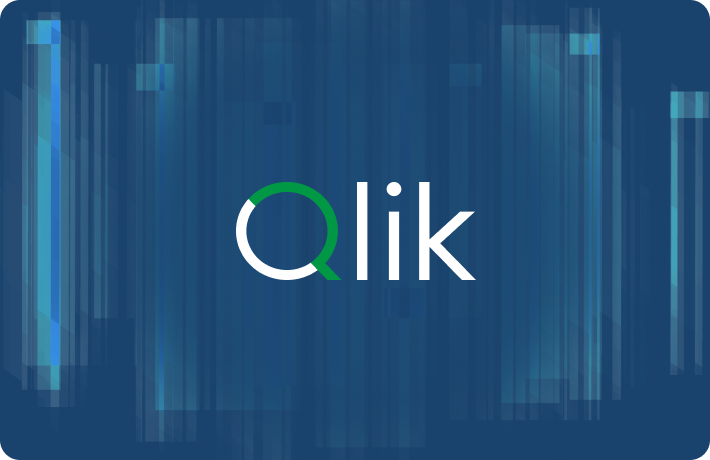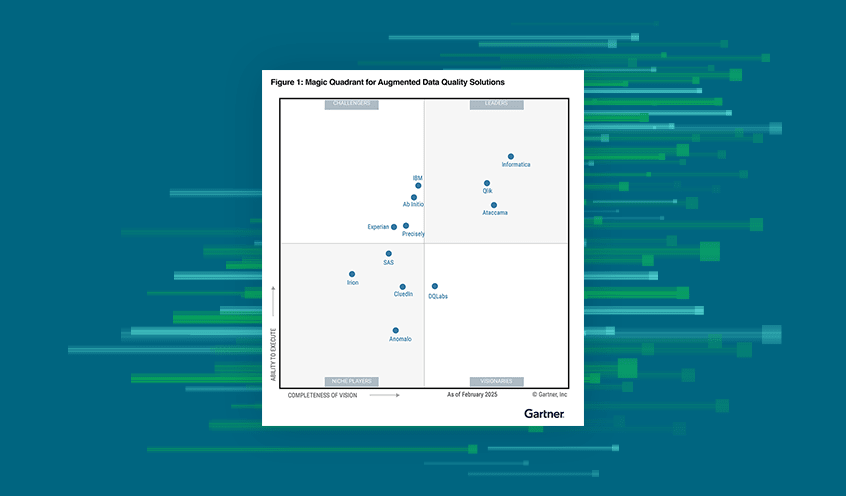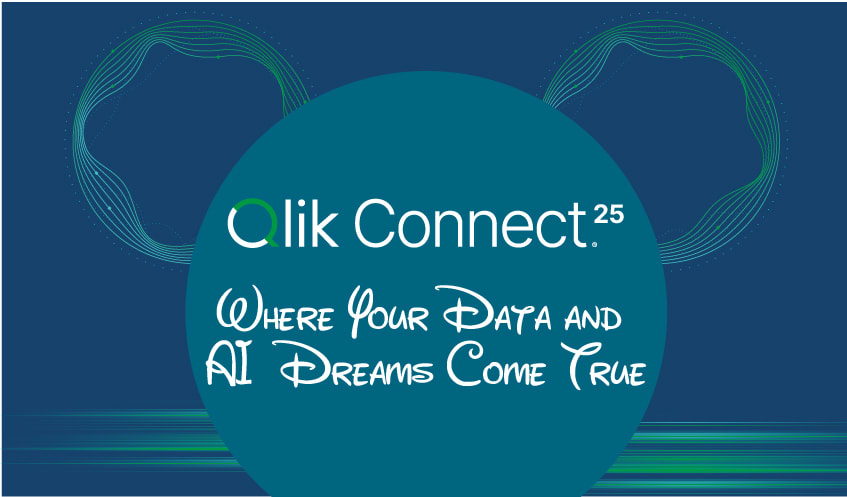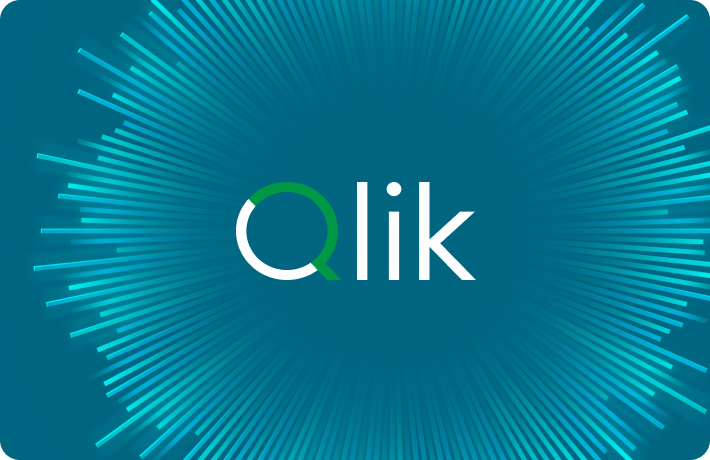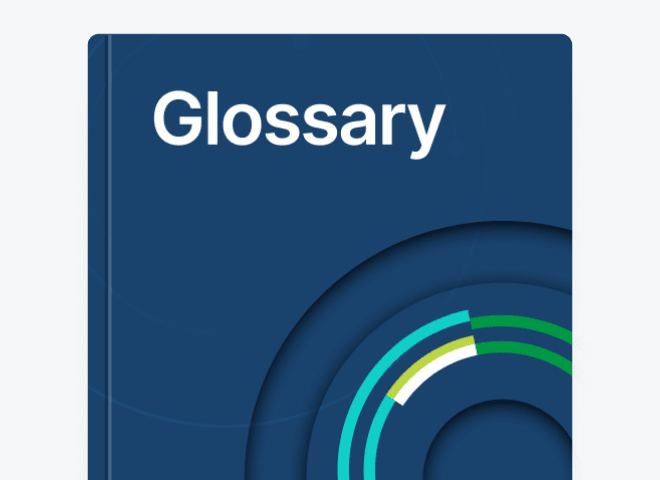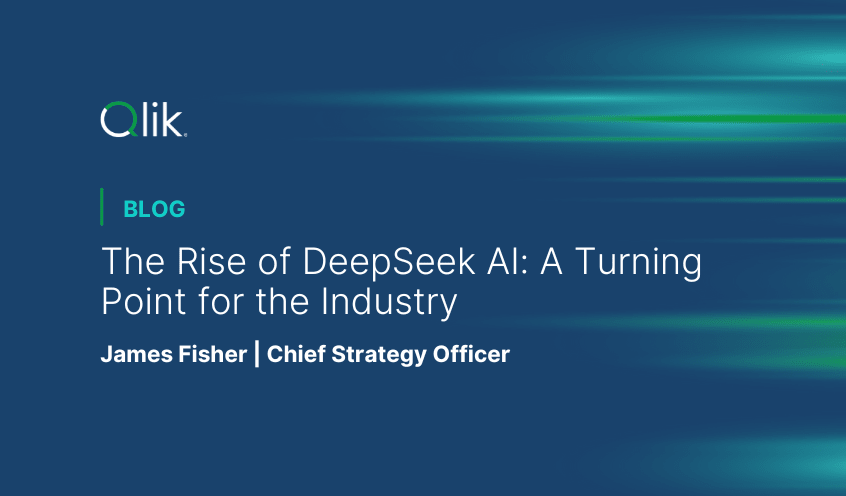Tech headlines over the past week have been dominated by DeepSeek AI, which recently launched its groundbreaking R1 model. What’s most remarkable? The reported development cost—just under $6 million. This announcement challenges the long-held belief that creating advanced AI models requires astronomical investment, shaking the foundation of the tech industry and causing a ripple effect on global markets. Companies like Nvidia, heavily tied to the AI infrastructure boom, have already felt the impact with significant stock fluctuations.
Commoditization of AI Training: Faster Than We Thought
While many anticipated the eventual commoditization of AI training, few predicted it would happen this quickly or disruptively. DeepSeek’s success signals that the barriers to entry for developing sophisticated AI are falling at an unprecedented rate. Initially, the implications for enterprises may be limited, as questions around security and trustworthiness will undoubtedly arise. However, history tells us that these developments won’t remain isolated.
DeepSeek’s principles will likely inspire forks of their model and spark a wave of open-source AI initiatives. The real takeaway here isn’t just about DeepSeek—it’s about the larger trend it represents: open source as the winning formula for mainstream AI use cases.
The shift has begun. The costs of running advanced AI models are dropping dramatically, leveling the competitive playing field. This, in turn, pushes AI into its next phase, away from the infrastructure-heavy focus of training and into Applied AI—the era of putting AI to work in practical, scalable ways.
What Does This Mean for 2025 and Beyond?
At Qlik, we’ve been tracking this shift, and our 2025 trends reflect the profound impact these changes will have:
Authenticity Is the New Differentiator
With compute becoming commoditized, the true value of AI lies in the quality and authenticity of its data. Accurate, actionable data is now the linchpin of successful AI, and organizations that prioritize data authenticity will lead the way.Applied Value
The AI industry is moving from its infrastructure and training phase into inference and implementation. Lower costs and higher accessibility are unlocking new use cases, meaning businesses of all sizes can leverage AI to drive real, tangible results.Agents and Specialized AI
DeepSeek’s disruptive launch will pave the way for others to follow suit. Expect the rise of small, purpose-built LLMs (large language models) and applications that address specific industries, functions, and workflows. These models will power a new generation of intelligent agents that interact with one another, making tasks more efficient and enabling complex systems to operate autonomously.
As AI moves into this new phase, one thing is clear: openness and interoperability will be as crucial for AI platforms as they’ve been for data sources and cloud environments. The ability for AI systems to integrate seamlessly and collaborate across ecosystems will determine their effectiveness and long-term value.
This new reality demands a shift in priorities—from building massive, closed models to creating platforms that are flexible, open, and built for collaboration.
A New Era of Opportunity
DeepSeek’s R1 model is just the beginning of a broader transformation. As AI becomes more accessible and cost-effective, the focus is shifting toward Applied AI—putting these powerful tools into action to solve real-world challenges. For enterprises, this means incredible opportunities to innovate, optimize, and unlock new value.
It’s clear that the AI landscape will continue to evolve, but one thing is certain: the future belongs to those who embrace change, prioritize data authenticity, and harness the power of openness.
In this article:
AI



